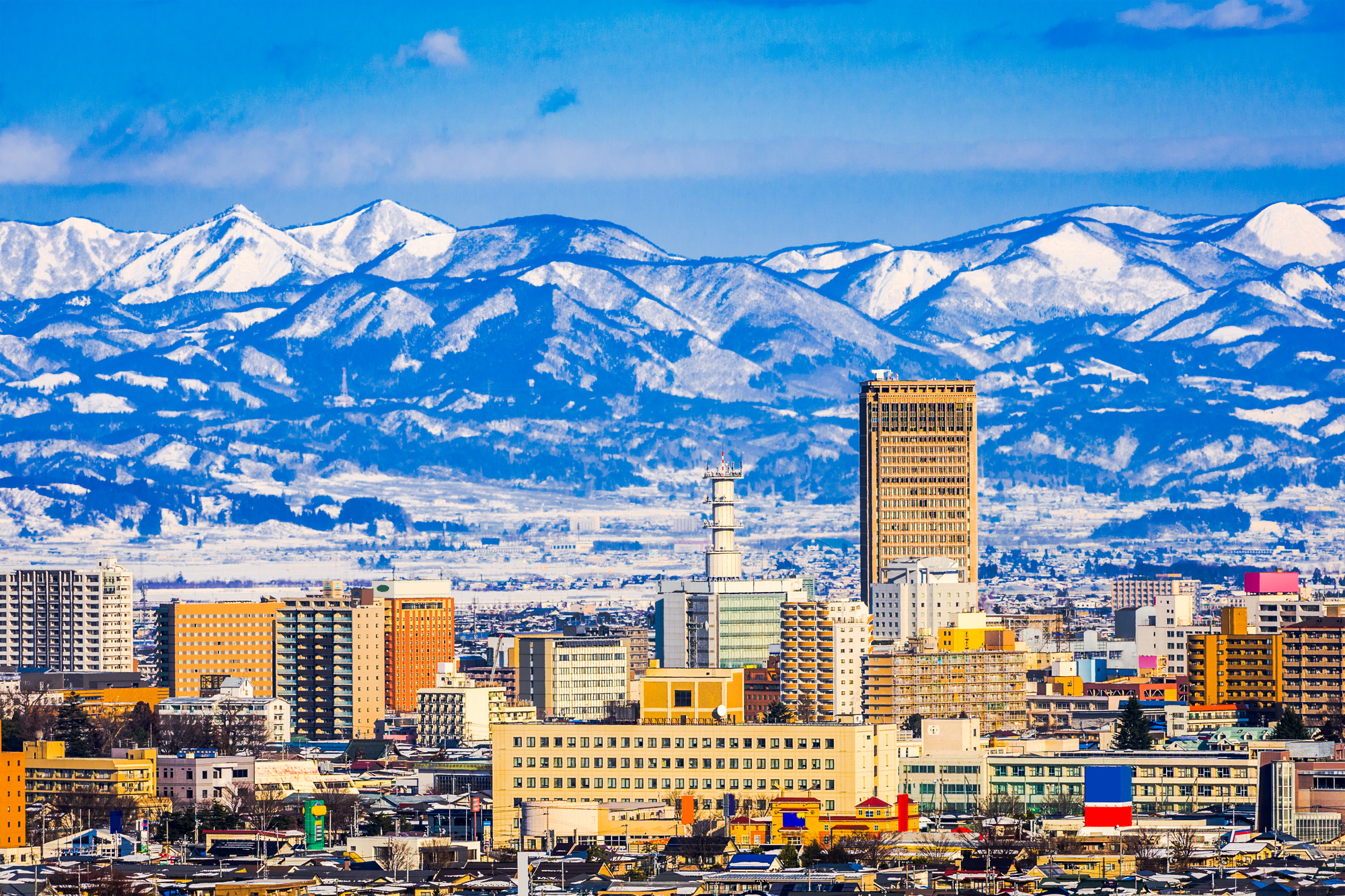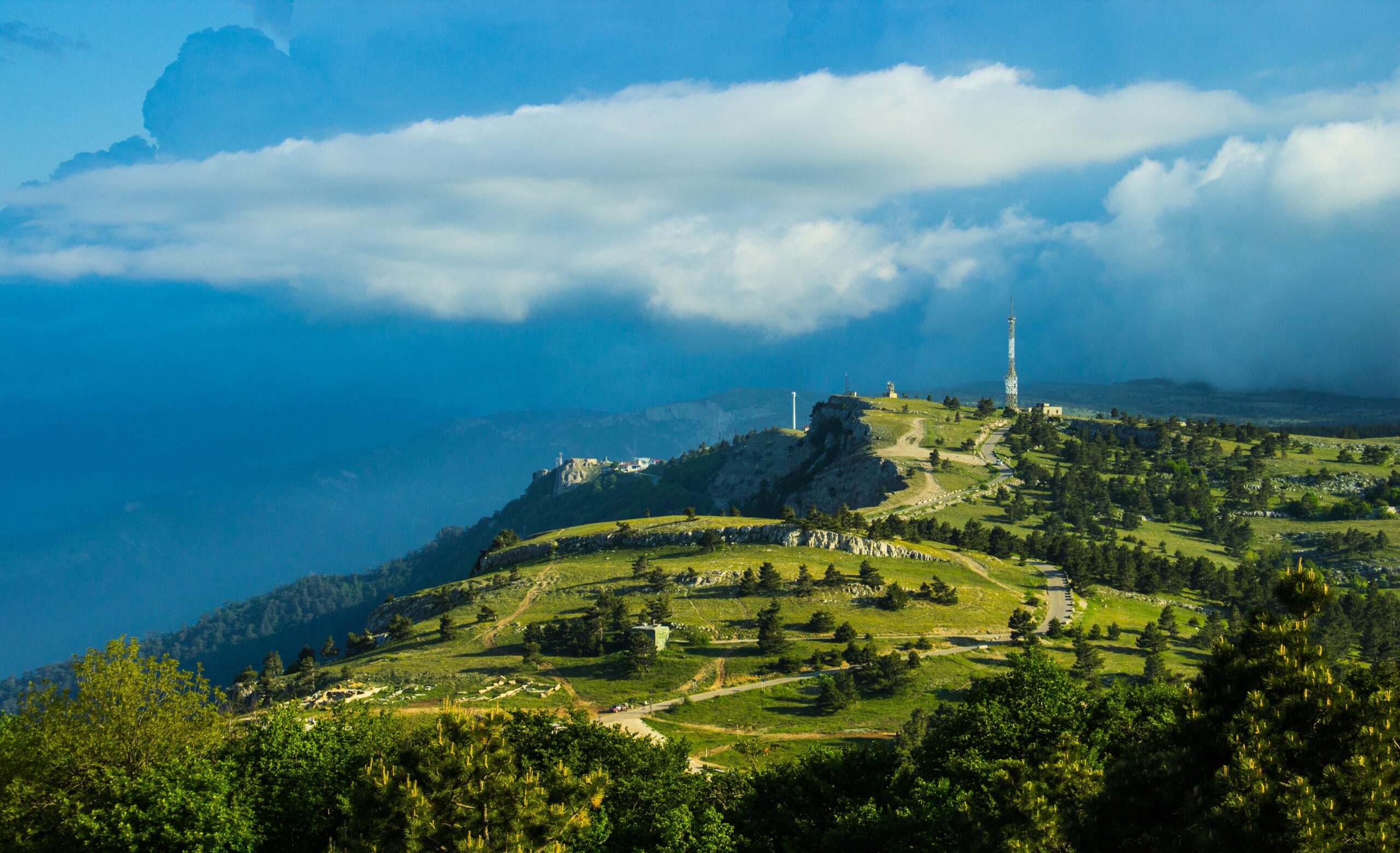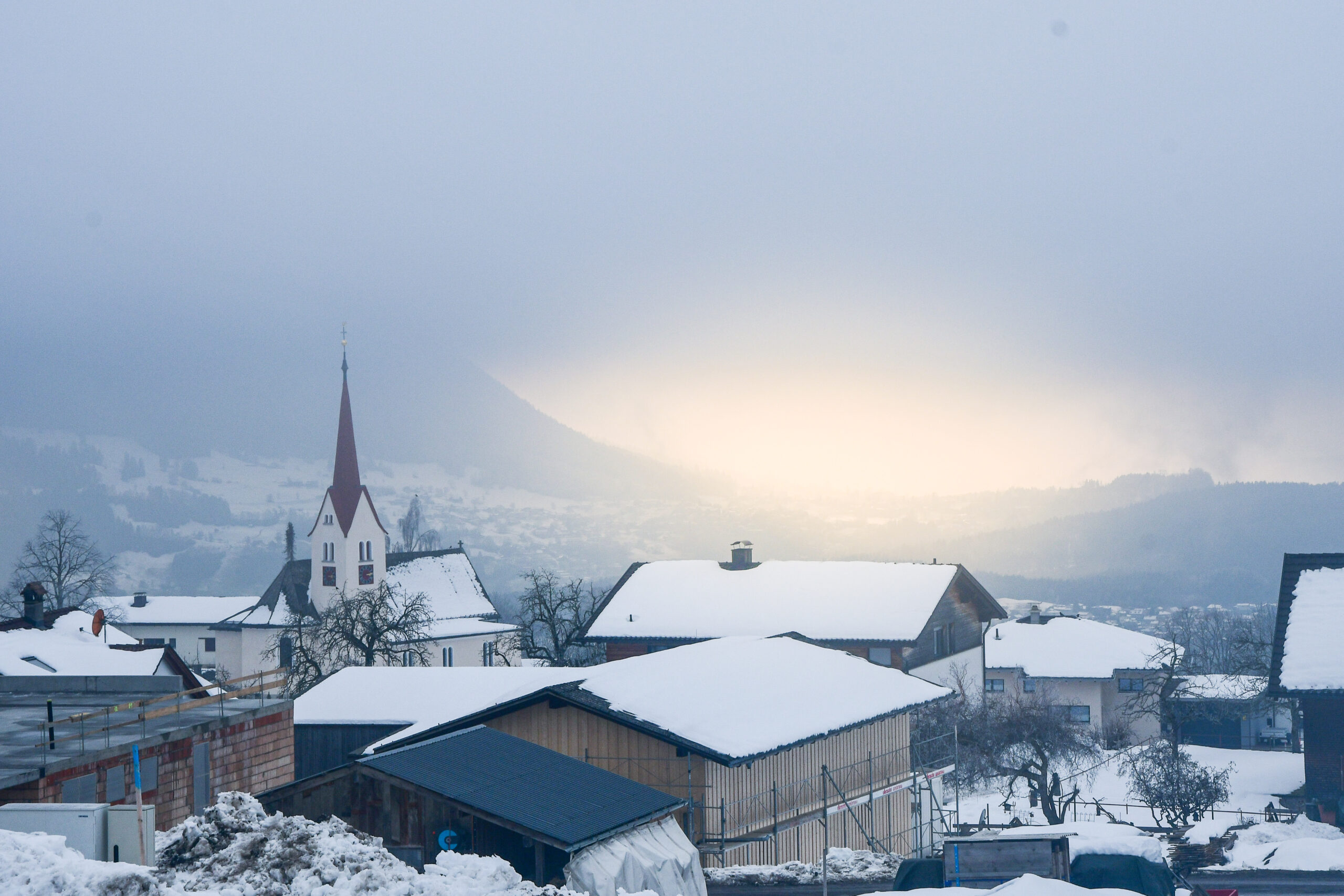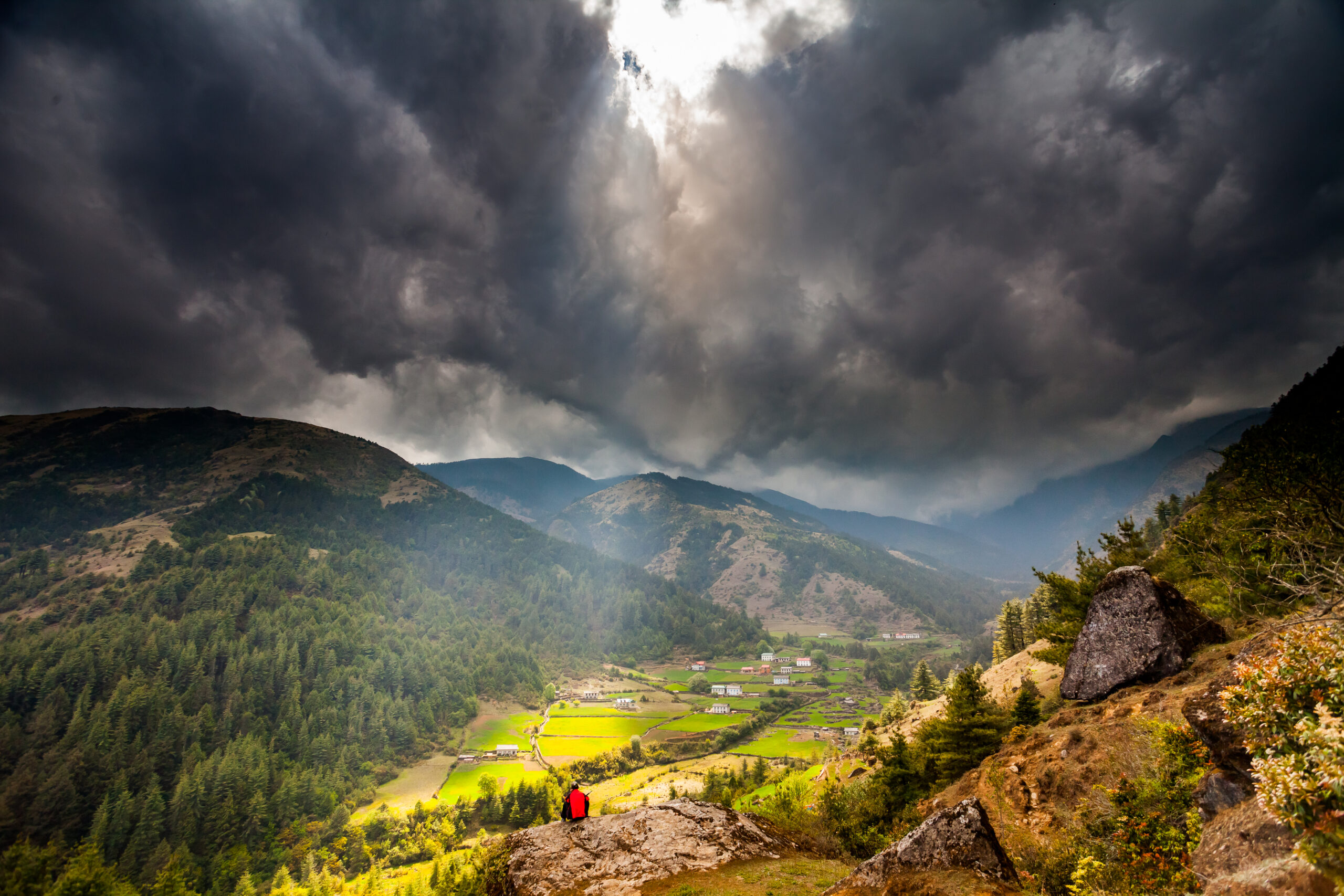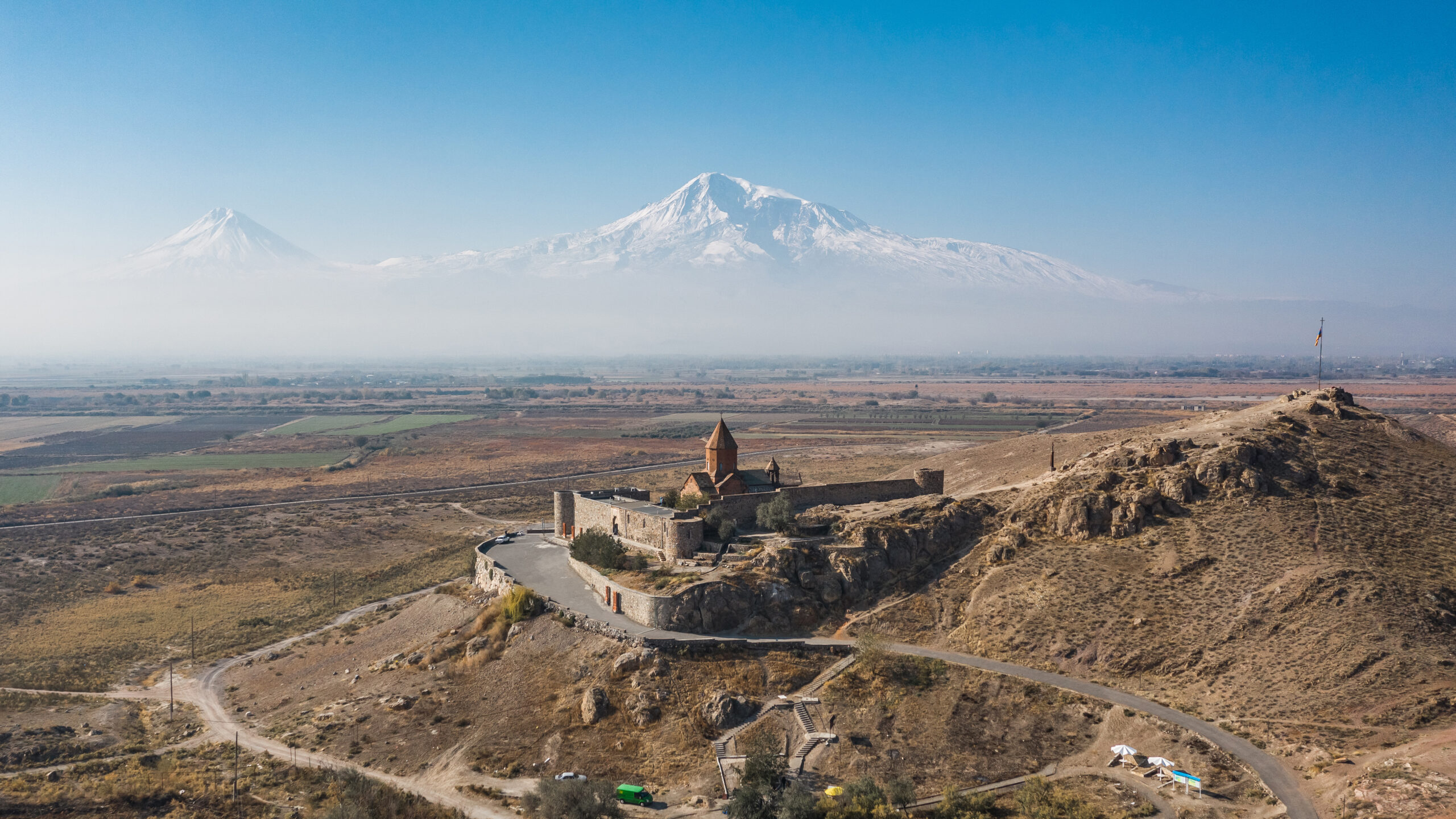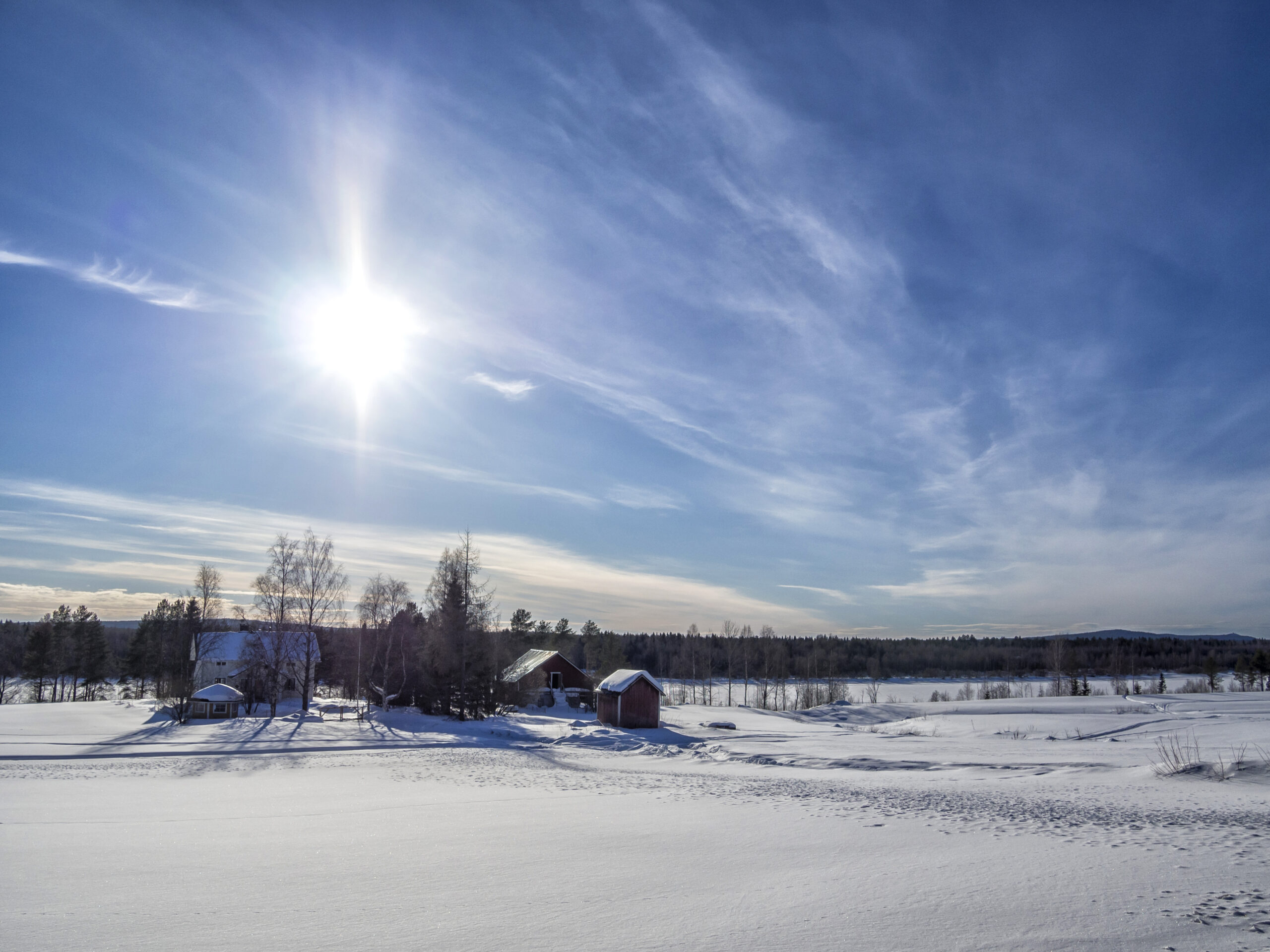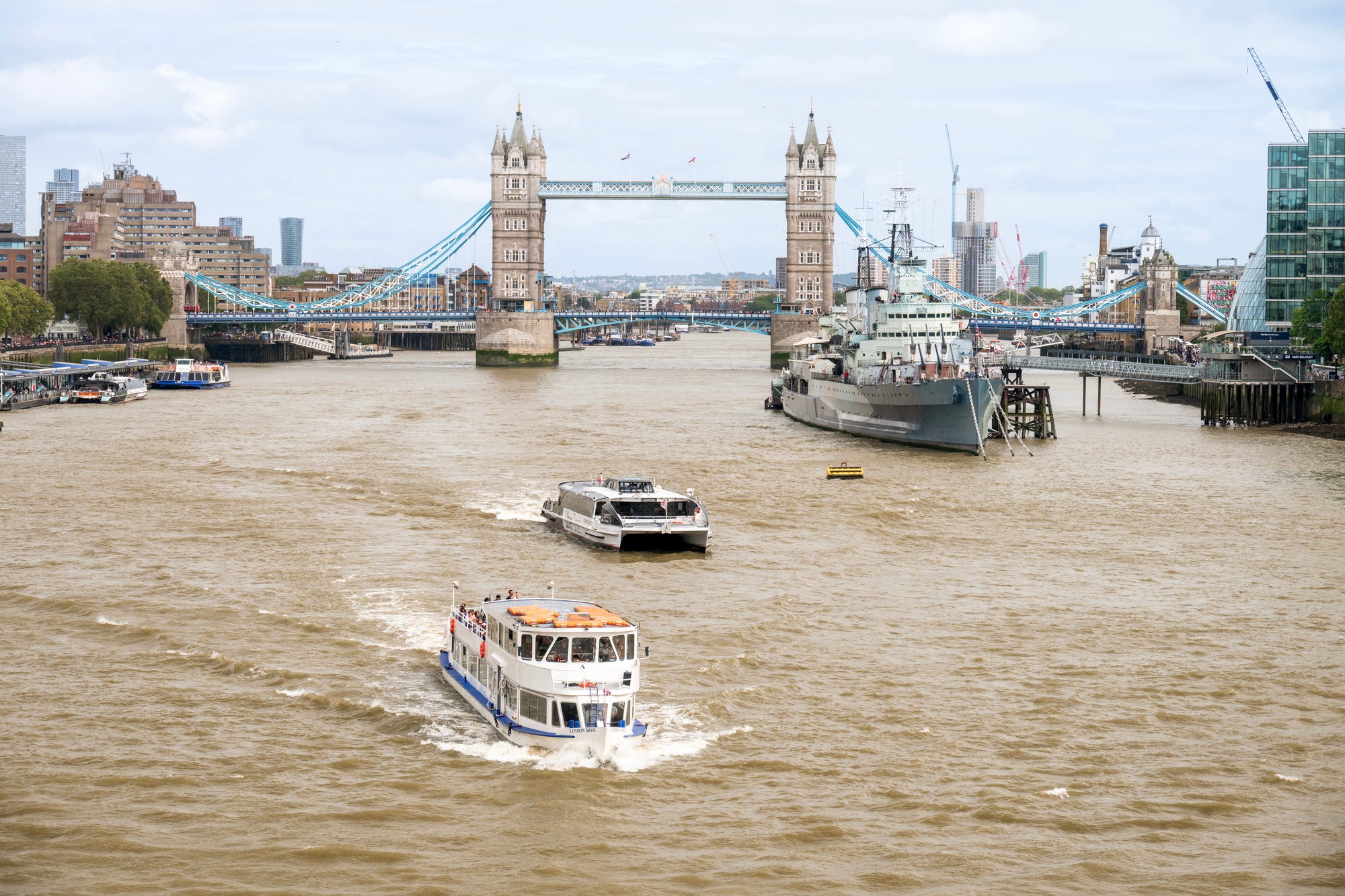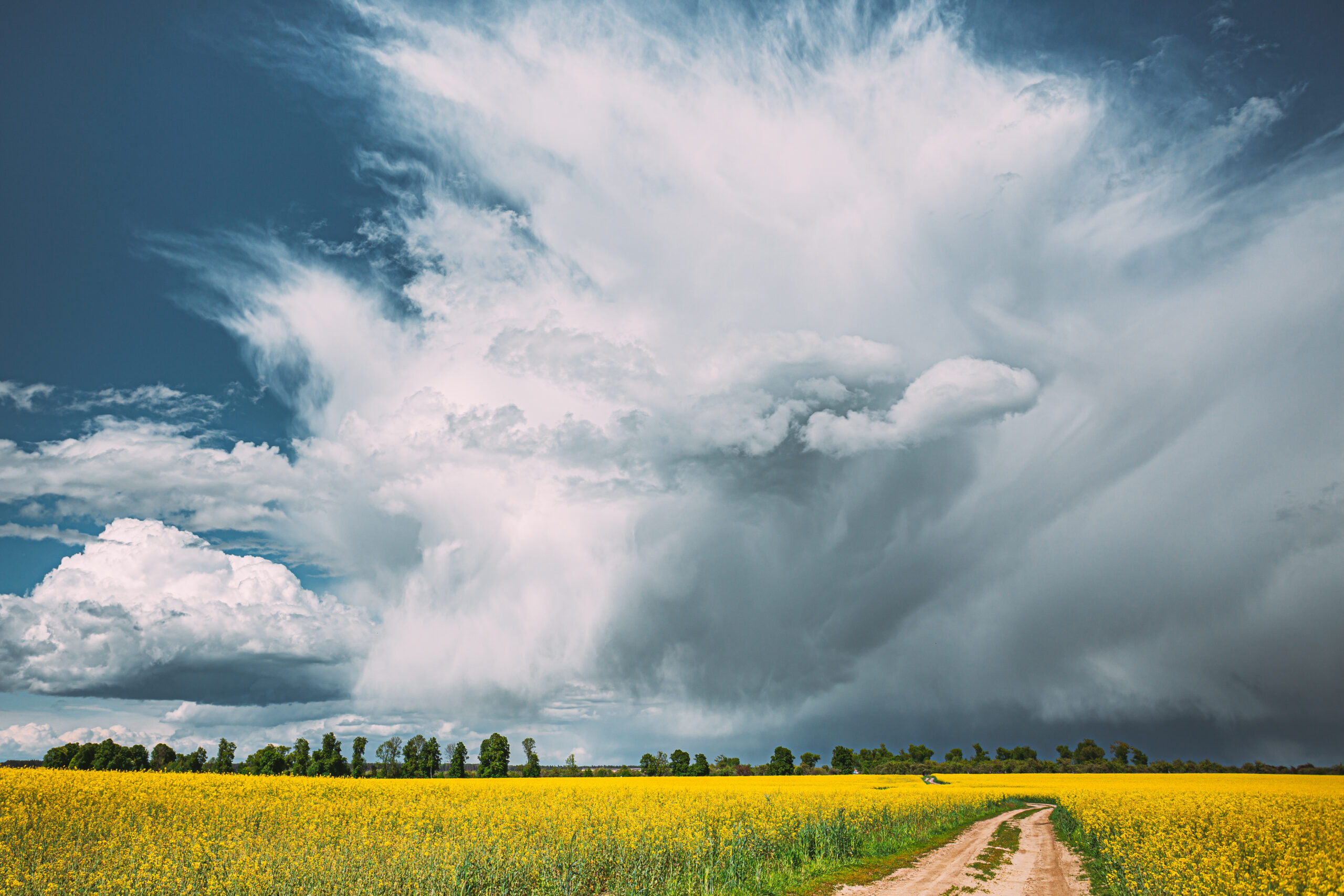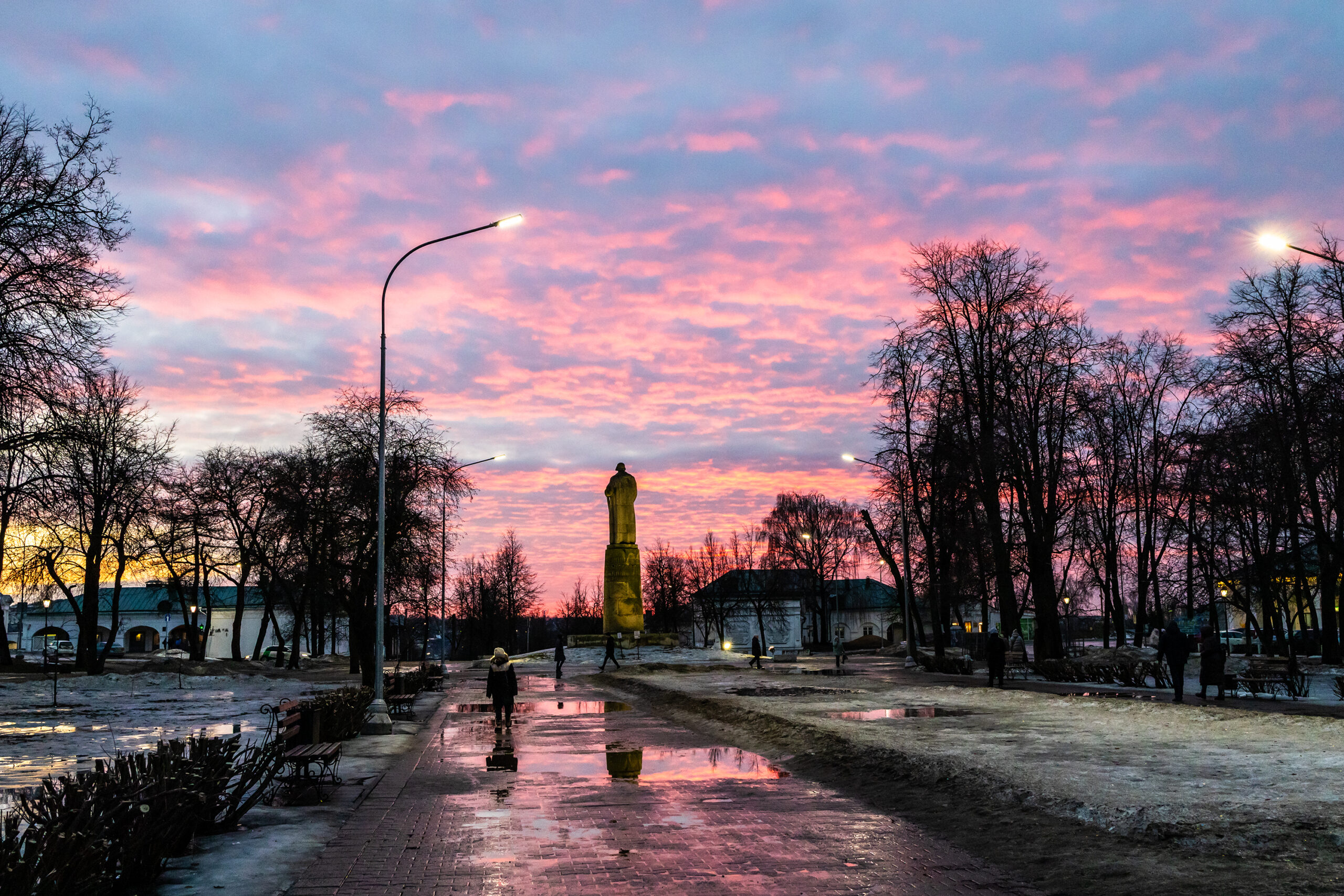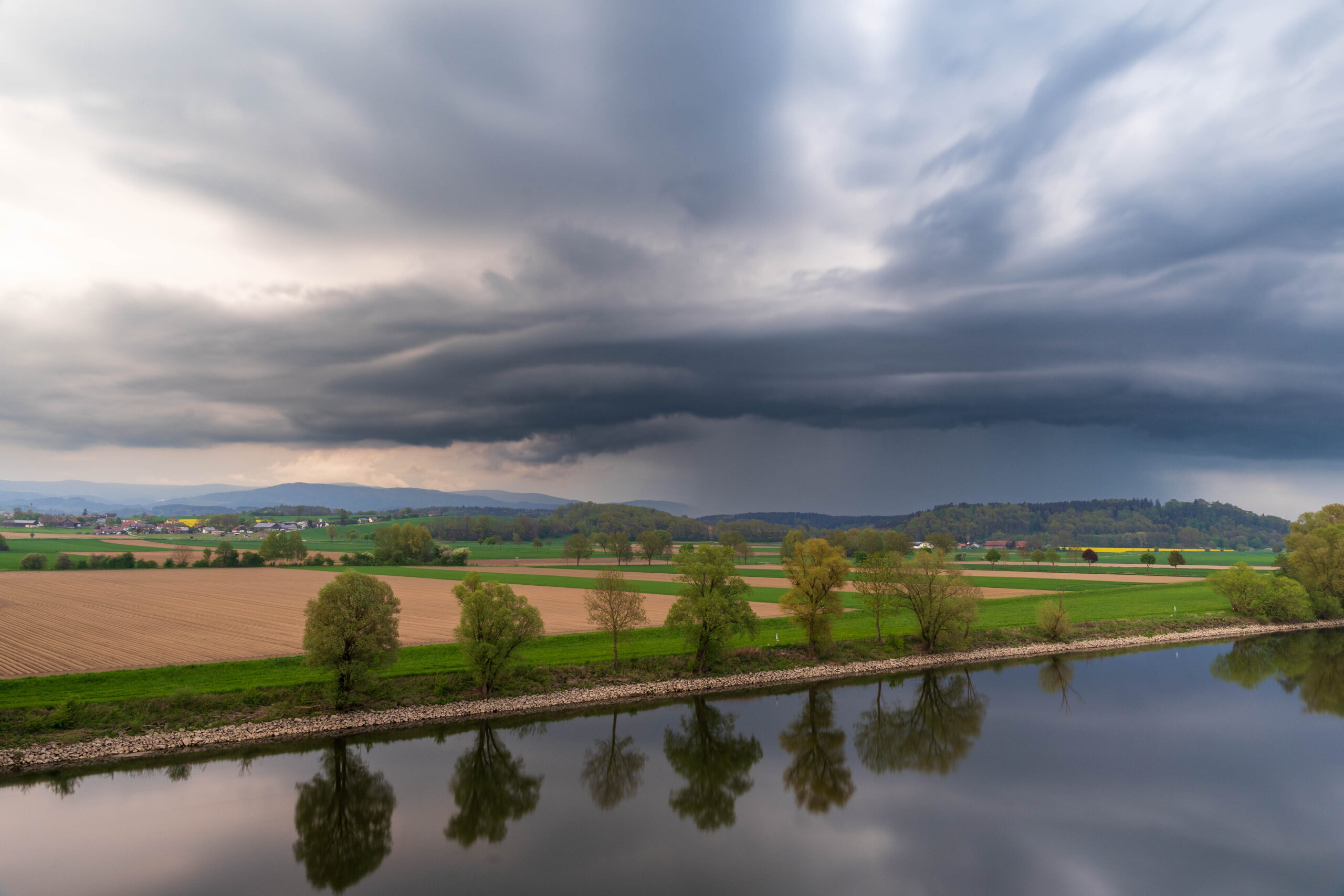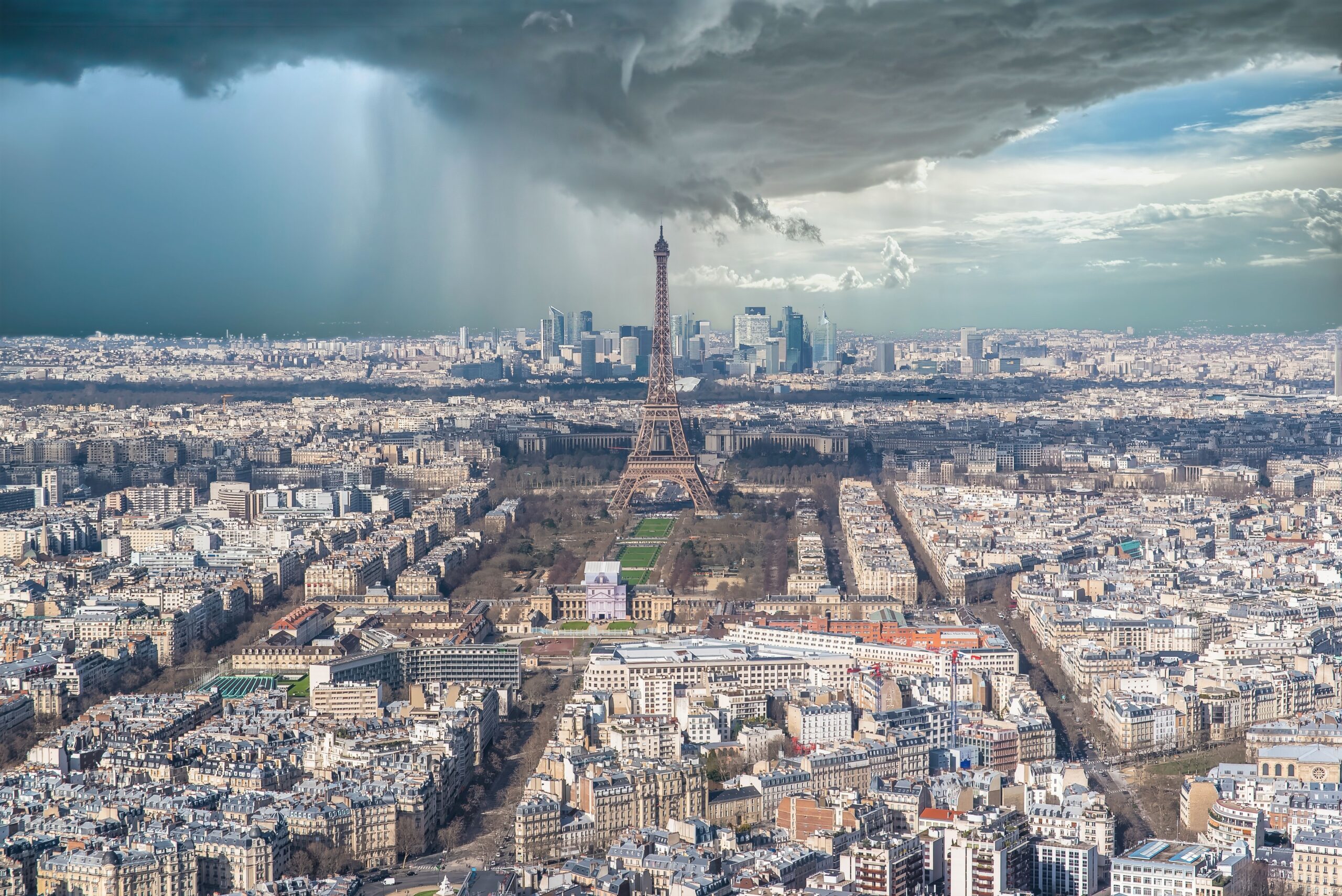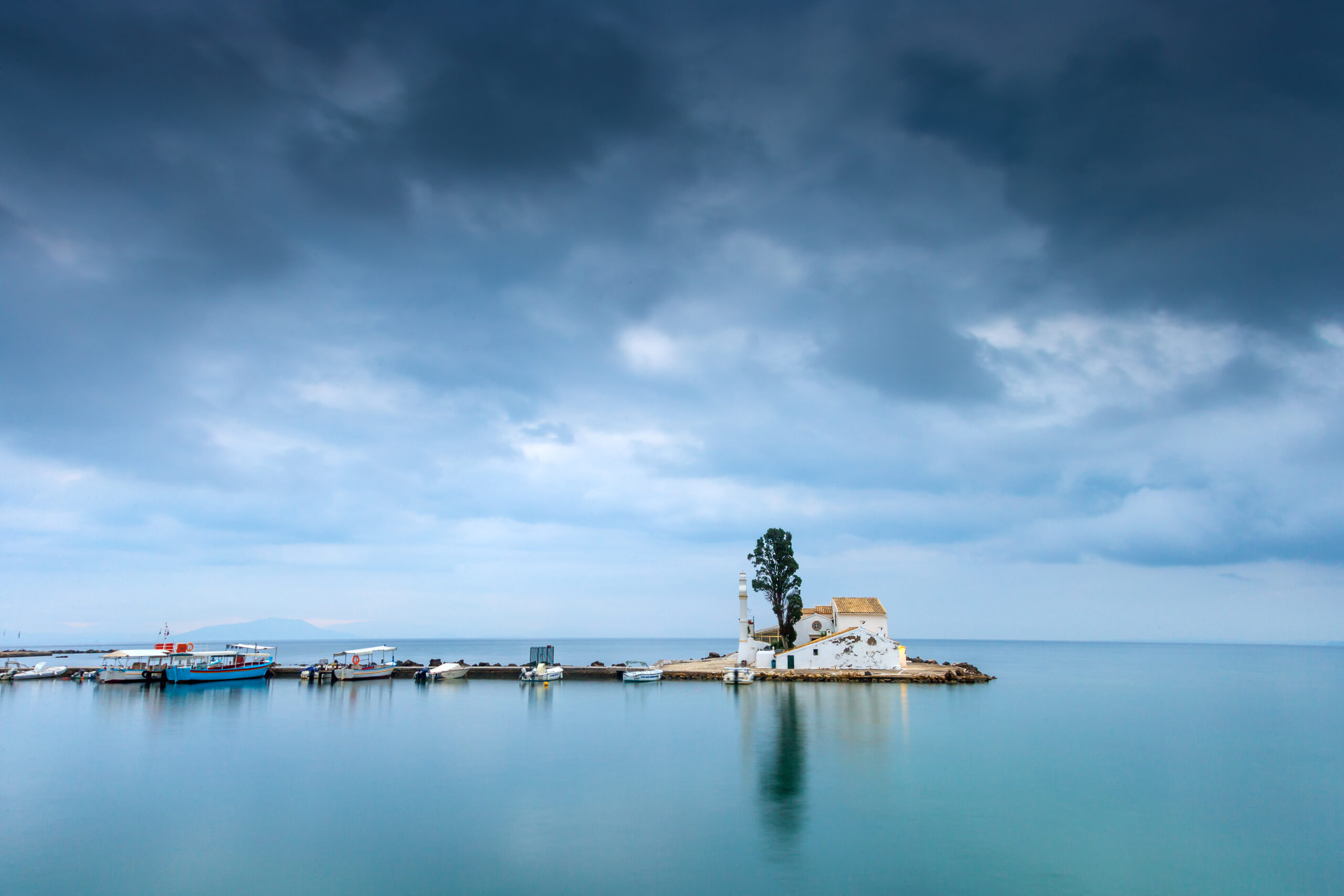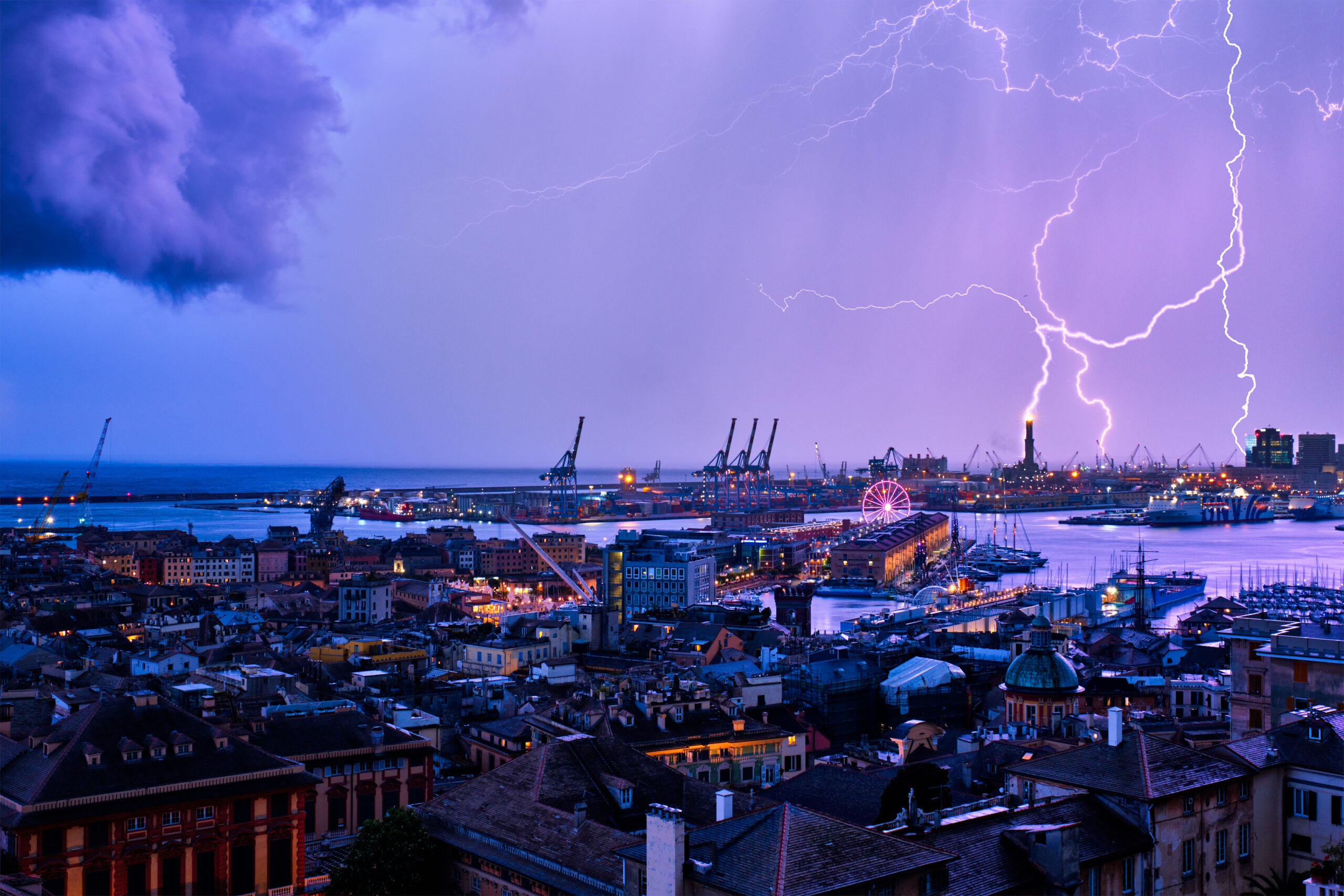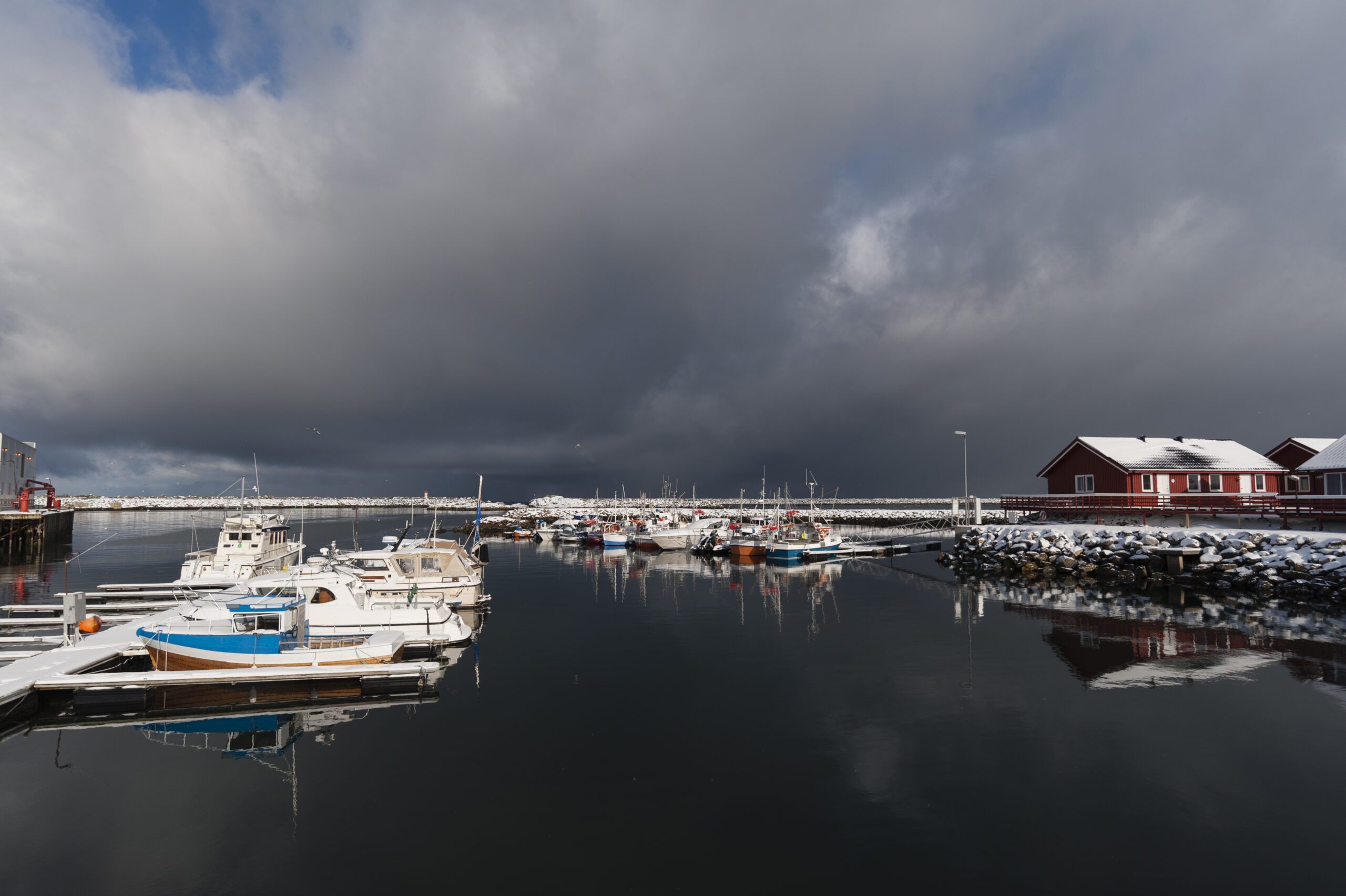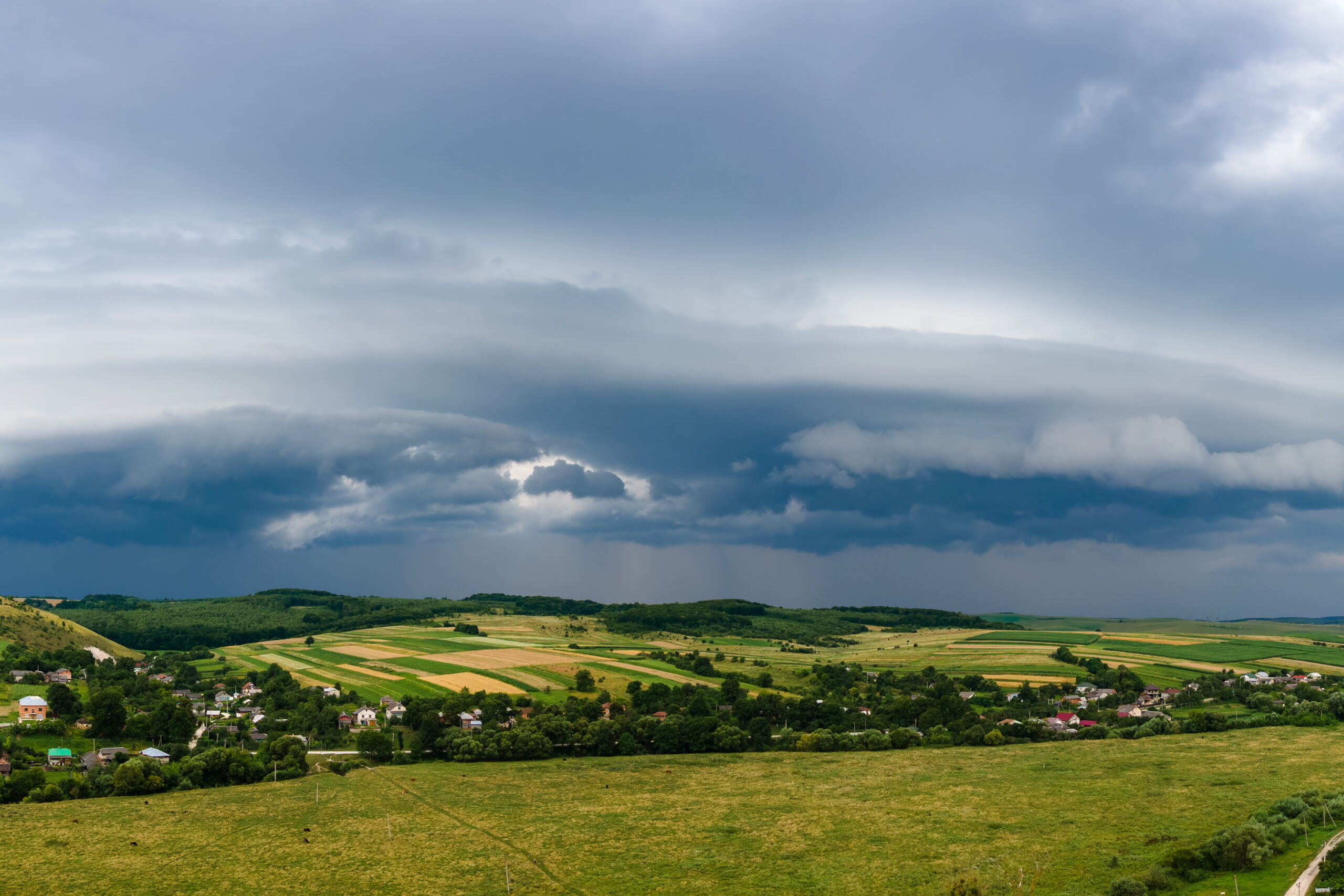Weather in Yamagata, Japan: A Monthly BreakdownYamagata, located in northern Honshu, Japan, is characterized by a humid continental climate with distinct seasonal variations, classified as Dfb (cold, humid continental with warm summers and significant snowfall) under the Köppen system. The city experiences a wide range of temperatures, from freezing winters with heavy snow to warm, humid summers. This report provides a detailed month-by-month analysis of Yamagata’s weather, including temperature, precipitation, snowfall, humidity, sunshine hours, and UV index, based on historical climate data. The information is drawn from reliable sources such as Weather Atlas, Weather Spark, and Climate-Data.org, offering a comprehensive guide for residents, travelers, and planners.JanuaryJanuary is Yamagata’s coldest month, with average high temperatures around 3°C (37.4°F) and lows dipping to -4°C (24.8°F). The city is blanketed in snow, with an average snowfall of 1630mm (64.17 inches), making it the snowiest month. Precipitation, including snow, averages 69mm (2.72 inches) over 23–29 days, often as snow alone or mixed with rain. Humidity is high at around 83–91%, and daylight is limited to 9.9 hours, with only 3.8 hours of sunshine daily. The UV index is low at 2, posing minimal risk. January’s harsh winter conditions, with frequent snowstorms, make travel challenging, but the snowy landscapes attract winter sports enthusiasts to areas like Zao Onsen.FebruaryFebruary remains cold, with average highs of 3–4°C (37.4–39.2°F) and lows around -4°C (24.8°F). Snowfall decreases slightly to 1470mm (57.87 inches), but snow cover persists. Precipitation averages 66mm (2.6 inches) over 15–25 days, primarily as snow or mixed precipitation. Humidity stays high at 89%, and daylight increases to 10.8 hours, with 4.2 hours of sunshine. The UV index rises to 3, still low. February is slightly milder than January, but winter conditions dominate, with clear skies occasionally revealing stunning snow-covered vistas.MarchMarch marks the transition to spring, with average highs climbing to 8°C (46.4°F) and lows around -1°C (30.2°F). Snowfall drops significantly to 710mm (27.95 inches), and rainfall increases to 67–115mm (2.64–4.53 inches) over 13–24 days. Humidity decreases to 76–83%, and daylight extends to 12 hours, with 5.6 hours of sunshine. The UV index rises to 4, indicating moderate exposure. Cherry blossoms begin to bloom late in the month, and hiking trails become more accessible as snow melts, though some snowy days persist.AprilApril brings milder weather, with average highs of 13–15°C (55.4–59°F) and lows around 2–4°C (35.6–39.2°F). Snowfall ceases, and rainfall averages 86–120mm (3.39–4.72 inches) over 10–18 days. Humidity is around 74–77%, and daylight reaches 13 hours, with 6–7 hours of sunshine. The UV index increases to 6, suggesting sun protection for outdoor activities. April’s vibrant cherry blossoms and moderate temperatures make it ideal for sightseeing, with public parks flourishing under spring conditions.MayMay offers pleasant weather, with average highs of 19–22°C (66.2–71.6°F) and lows of 8–10°C (46.4–50°F). Rainfall is moderate at 94–115mm (3.7–4.53 inches) over 8–17 days, and humidity ranges from 76–83%. Daylight extends to 14.2 hours, with 7–8 hours of sunshine, the highest of the year. The UV index reaches 8, indicating high exposure. May is one of the best months to visit Yamagata, with lush greenery and comfortable temperatures ideal for outdoor exploration.JuneJune signals the start of summer, with average highs of 22–25°C (71.6–77°F) and lows of 13–15°C (55.4–59°F). Rainfall increases to 103–146mm (4.06–5.75 inches) over 10–19 days, marking the onset of the wetter season. Humidity rises to 81–83%, and daylight peaks at 14.8 hours, though sunshine drops to 5–7 hours due to cloud cover. The UV index is 9, requiring sun protection. June’s warmth and moisture foster vibrant landscapes, but occasional rain calls for preparedness.JulyJuly is the wettest month, with rainfall averaging 144–179mm (5.67–7.05 inches) over 13–21 days. Average highs reach 26–30°C (78.8–86°F), and lows are 17–20°C (62.6–68°F). Humidity peaks at 87%, creating muggy conditions. Daylight remains long at 15 hours, but sunshine is limited to 4–6 hours due to frequent rain. The UV index is 10, the highest of the year, necessitating strong sun protection. July’s lush greenery is ideal for nature lovers, though heavy rain can disrupt outdoor plans.AugustAugust is Yamagata’s warmest month, with average highs of 27–30°C (80.6–86°F) and lows of 19–20°C (66.2–68°F). Rainfall is high at 149–207mm (5.87–8.15 inches) over 11–19 days, and humidity remains at 85–87%. Daylight decreases slightly to 14 hours, with 6–7 hours of sunshine. The UV index stays high at 9–10. August’s heat and humidity make it ideal for festivals, but visitors should prepare for frequent showers and high UV exposure.SeptemberSeptember transitions to autumn, with average highs of 22–25°C (71.6–77°F) and lows of 14–16°C (57.2–60.8°F). Rainfall remains high at 133–181mm (5.24–7.13 inches) over 10–20 days, but begins to decrease. Humidity is around 85–87%, and daylight shortens to 12.4 hours, with 4–6 hours of sunshine. The UV index drops to 7, still requiring caution. September’s cooler temperatures and vibrant foliage make it a pleasant time for sightseeing.OctoberOctober offers comfortable autumn weather, with average highs of 16–19°C (60.8–66.2°F) and lows of 7–9°C (44.6–48.2°F). Rainfall averages 102–125mm (4.02–4.92 inches) over 9–19 days. Humidity is around 83–85%, and daylight reduces to 11 hours, with 4–5 hours of sunshine. The UV index is 5, moderate. October’s crisp air and colorful leaves make it one of the best months for outdoor activities like hiking.NovemberNovember sees cooler temperatures, with average highs of 10–12°C (50–53.6°F) and lows of 1–3°C (33.8–37.4°F). Rainfall averages 81–103mm (3.19–4.06 inches) over 12–22 days, and snowfall begins lightly at 1.4 inches. Humidity is 84–85%, and daylight drops to 10 hours, with 4–6 hours of sunshine. The UV index is 3, low. November’s autumnal beauty, with golden and red foliage, is ideal for scenic visits, though early snow may appear late in the month.DecemberDecember plunges Yamagata into winter, with average highs of 3–6°C (37.4–42.8°F) and lows of -2 to -1°C (28.4–30.2°F). Snowfall increases to 920mm (36.22 inches), and rainfall averages 71–129mm (2.8–5.08 inches) over 16–27 days. Humidity is 83–90%, and daylight is shortest at 9.6 hours, with 3–4 hours of sunshine. The UV index is 2, minimal. December’s snowy landscapes create a winter wonderland, perfect for seasonal festivities and skiing.SummaryYamagata’s climate offers diverse experiences, from snowy winters to warm, wet summers. The best times to visit are spring (March–May) and autumn (September–November) for mild temperatures, vibrant scenery, and moderate rainfall. Winter (December–February) is ideal for snow sports but challenging for travel due to heavy snowfall. Summer (June–August) is warm and humid, with heavy rain, making it less favorable but suitable for festivals. Annual precipitation totals around 1125–1496mm (44.29–58.9 inches), with 165–260 rainy days, and snowfall aggregates up to 4880mm (192.13 inches) in winter. Understanding these patterns helps in planning activities and preparing for Yamagata’s dynamic weather.


